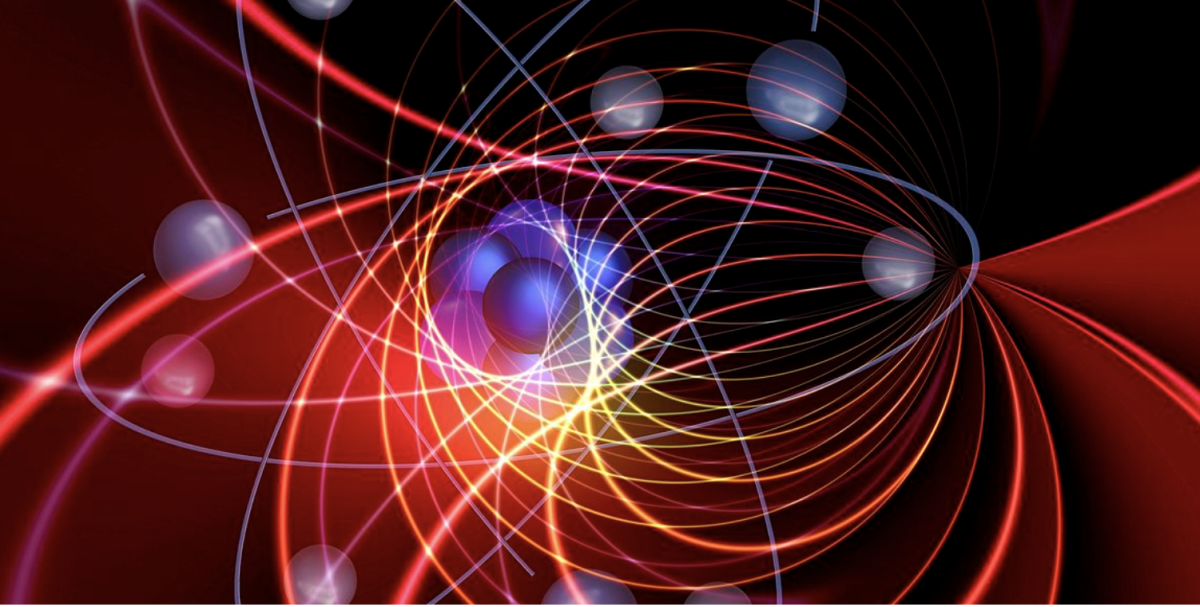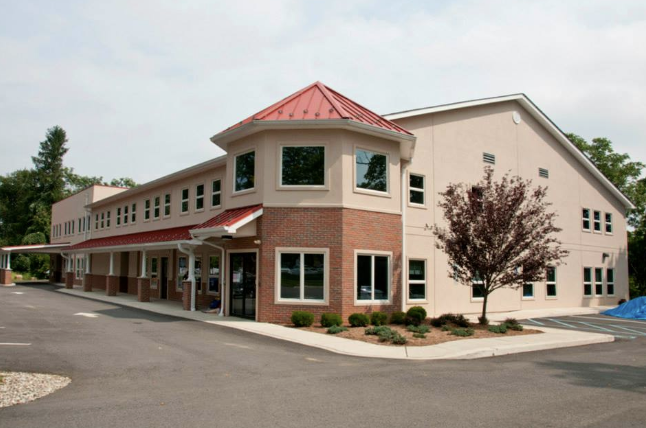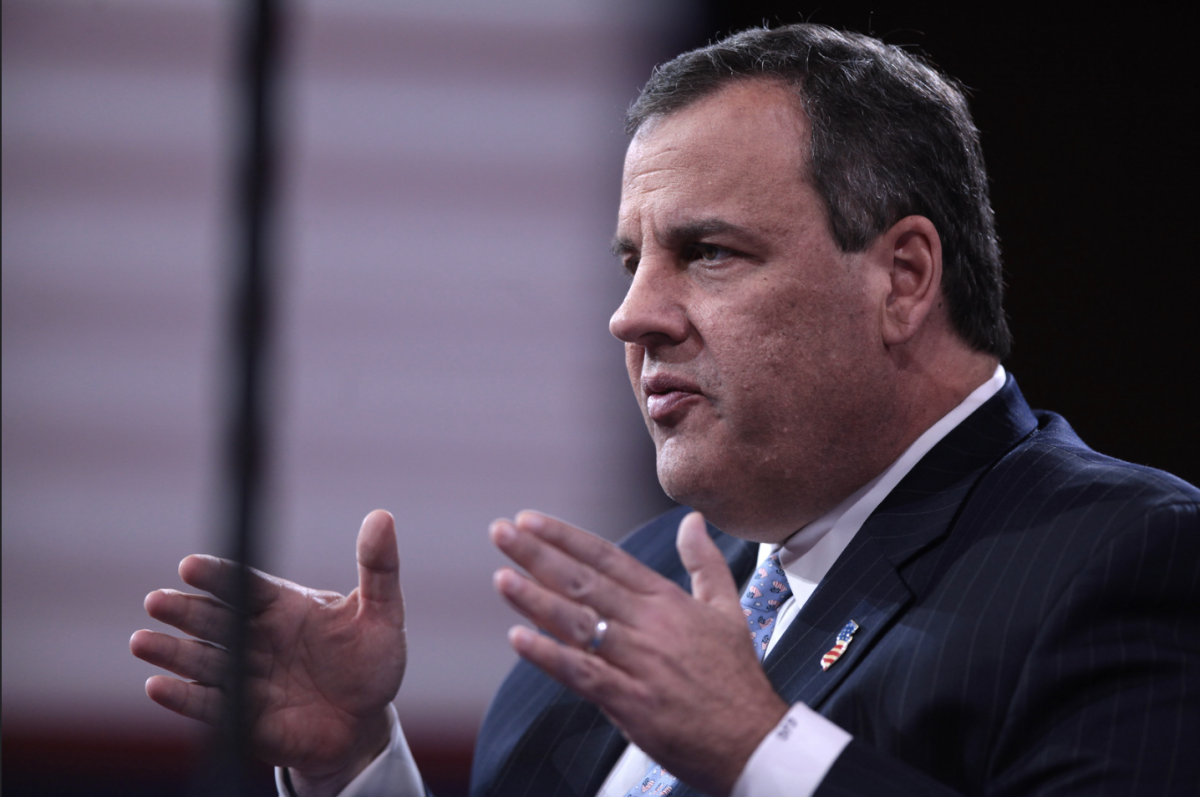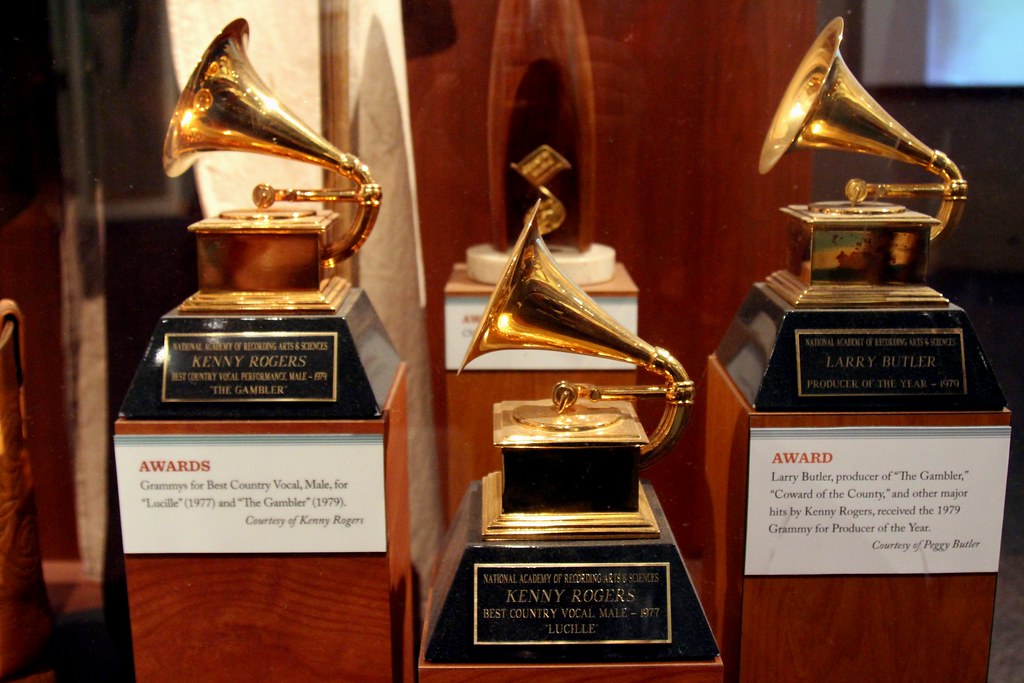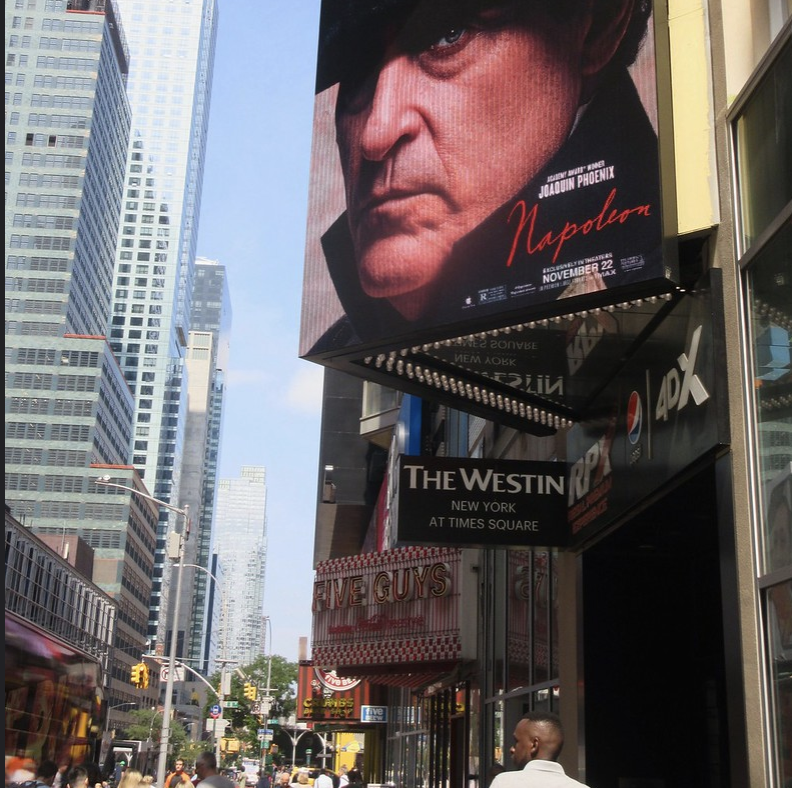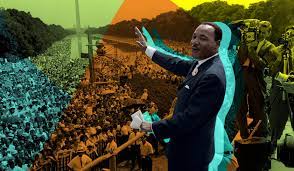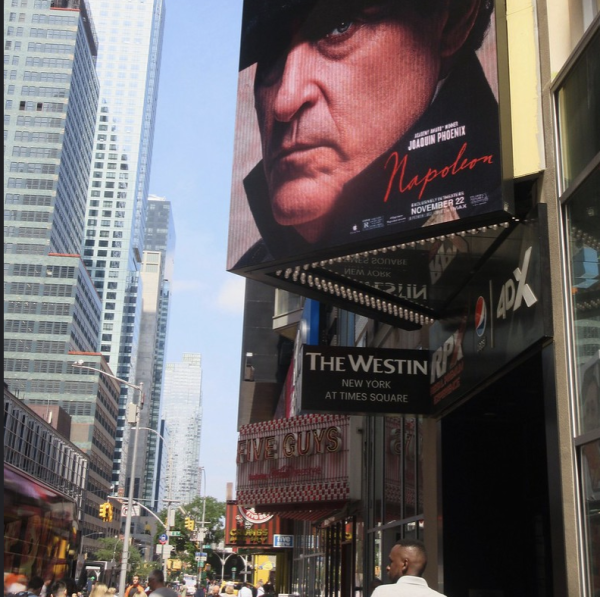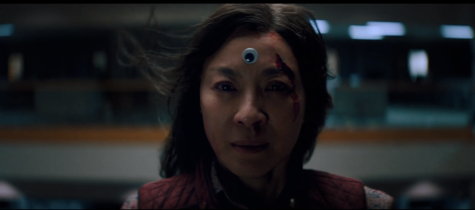Hidden Figures – An “Out of this World” Film
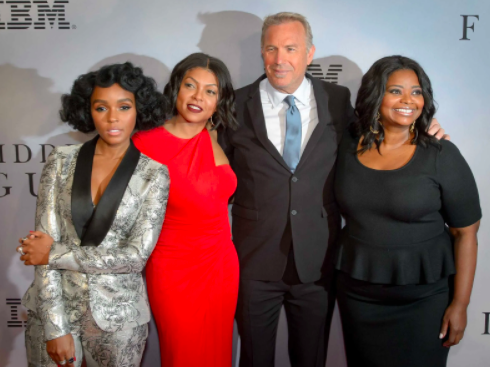
February 25, 2021
Yes, this film is on a whole new universe and I mean it literally.
The hit 2016 movie, Hidden Figures directed by Theodore Melfi has won the 2017 NAACP Image Award for Outstanding Motion Picture. Based on a true story, it stars Taraji P. Henson, Octavia Spencer, and Janelle Monáe who play the roles of brilliant African-American women working at NASA, trying to find a voice during times of serious segregation.
The overall plot of Hidden Figures is simple. The film follows the daily lives of three black women who work at NASA, during the “Space Race”, a serious competition with the Soviet Union to put the first person in outer space. Despite the women’s brilliant minds, due to serious racial segregation between black and white people in the 1950’s and 1960’s, their talents and abilities are muted and the women are placed in the computing division far from the main headquarters. From there, each character experiences a tapestry of twists and turns, both as a worker and family member to find their way out of adversity in a heavily segregated society.
Describing Hidden Figures as a “normal and common” film is quite an understatement. Melfi artistically blends academia, love, and a sense of normalcy, all under 2 hours and 7 minutes. Watching the movie, the audience will also feel the hatred, happiness, and romance portrayed, adding to the satisfaction of watching the culmination of the film.
To say the least, there is essentially no fault in this movie. Each character of the film, despite their gifted minds, all share the same problems as all working men and women did in the time as well as relate to some that people face today.
However throughout the course of the plot, one actor is worthy of notice and it wasn’t one of the three brilliant main characters. It was the character of Al Harrison played by Kevin Costner. Costner played the role of a white male who directed the Space Task Group in NASA. From the very beginning, Harrison never cared about his worker’s race, gender, or any background. Black employees were treated with respect and as long as everyone did their part, he was fine. One of the main climatic parts of the movie was when he broke down the segregated bathroom barriers, abolishing inequality in his workplace. His role established the literal breakdown of workforce racism that was put in place.
In a society where racial profiling, racism, and prejudice are still evident, people of color are much too often not credited for their valuable contributions to society. Luckily, films like Hidden Figures are able to bring lime-light to the tremendous work that the minority has accomplished, in order to revolutionize the modern world.




